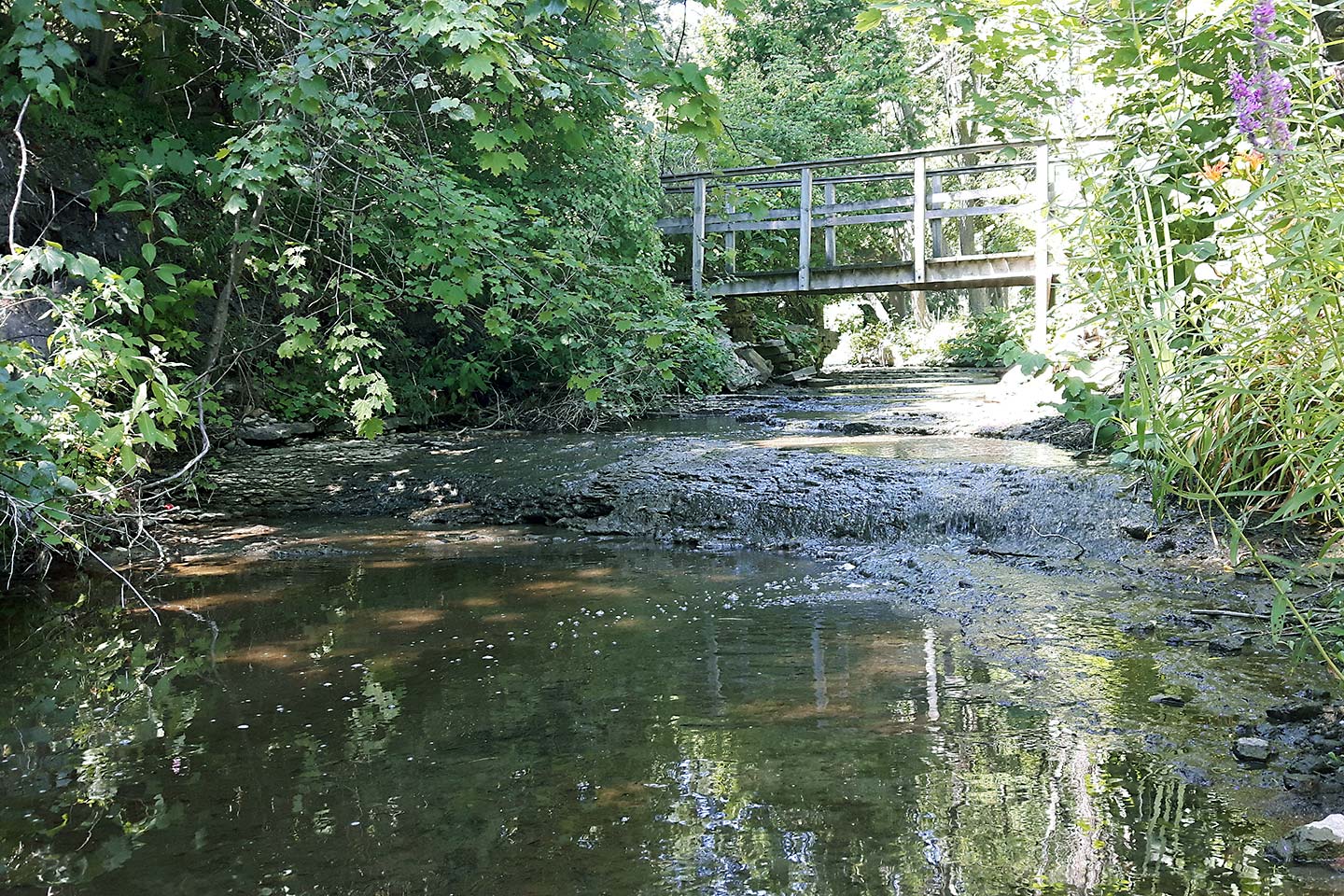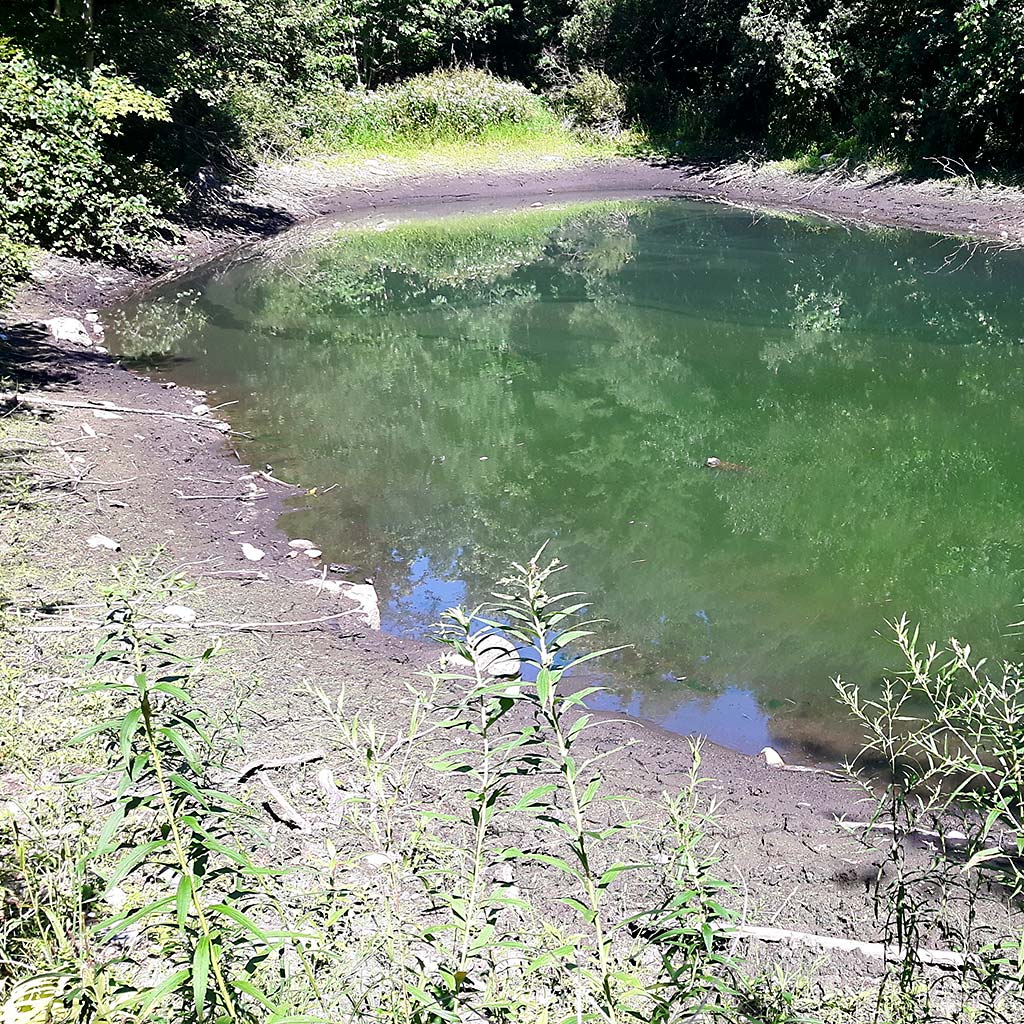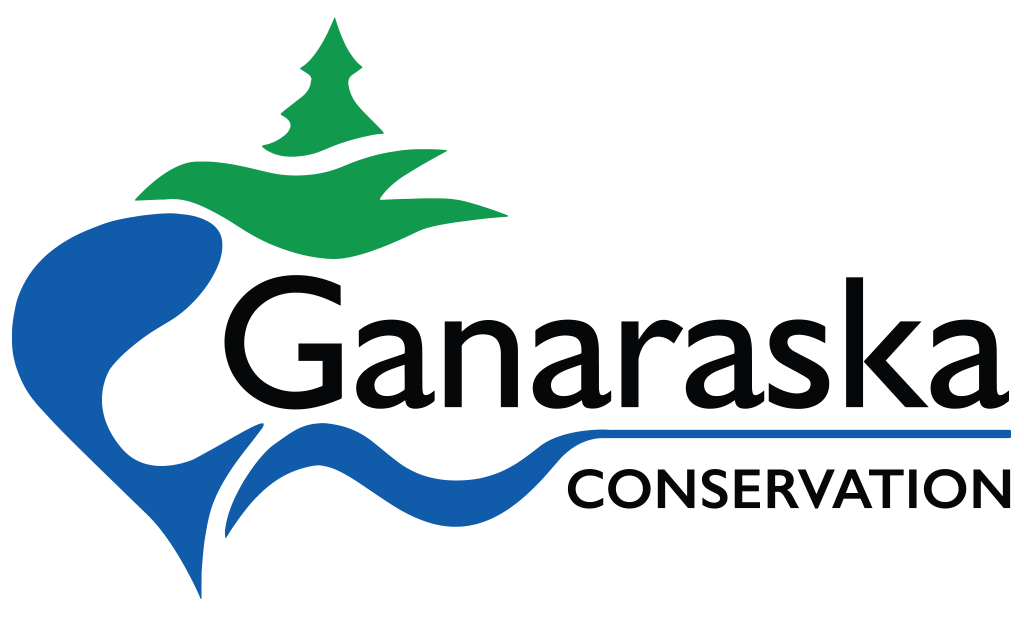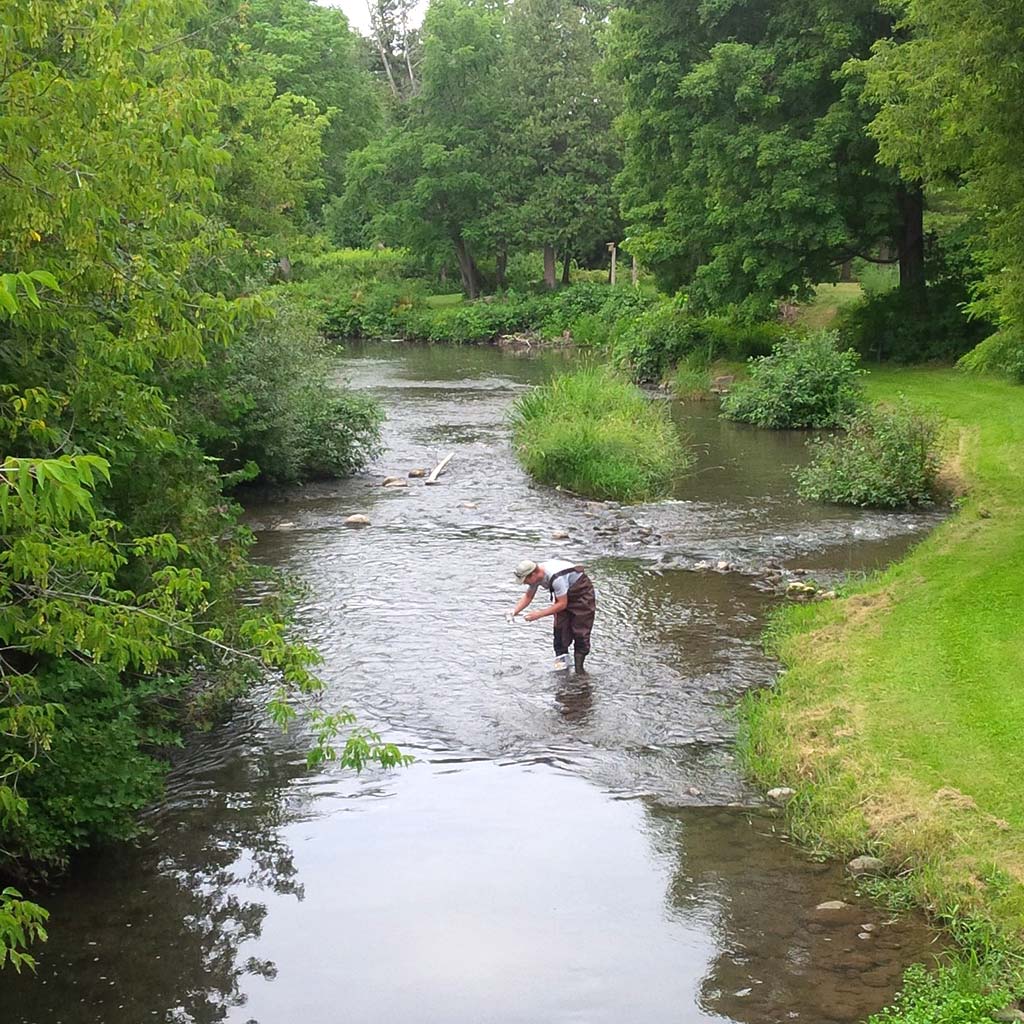

Precipitation & Stream Flow Indicators
The Ontario Low Water Response (OLWR) program relies on precipitation and stream flow indicators to evaluate low water conditions in watersheds across the province. These indicators provide water managers with objective information on the severity of low water conditions that may require a response to reduce water demand.
Low water conditions are characterized as one of three levels of increasing intensity:
- Mild
- Moderate
- Severe
The OLWR program has identified the need for a groundwater indicator to be added to the program and used in conjunction with the rainfall and stream flow indicators. Seven PGMN monitoring wells have been selected and tested for their suitability to the OLWR program.
Fresh water is a natural resource crucial to the economic and environmental well being of Ontario. Water supports almost all aspects of human activity including health, industrial development, and recreation. Because water is critical to so much of our activity, it is managed from several perspectives and by many jurisdictions, groups and individuals.
The Ontario Low Water Response program is intended to ensure provincial preparedness, to assist in coordination and to support local response in the event of a drought.




To find out if a flood message has been issued please consult the following:
- Radio, television and daily media will air flood messages
- Go to the GRCA website at www.grca.on.ca
- Call the GRCA directly at 905.885.8173, Mon. to Fri. from 8:30 a.m. to 4:30 p.m.
- Contact your local municipality
If you are concerned about flooding in your area, please contact your municipality. For emergencies requiring police, fire or ambulance, call 9-1-1.
If you would like to report flooding to GRCA, please contact our flood duty officer at 289.251.1010.
GRCA Monitoring
The GRCA monitors precipitation and stream flows throughout the year using the hydrometric network to make comparisons with historic data in support of the Ontario Low Water Response Program.
This comparison allows the GRCA to clearly identify when local watersheds enter drought conditions. The GRCA administers the Ganaraska Low Water Response Team, which has been created to coordinate the activities of water management agencies with respect to dissemination of information, analysis, and response to water events including drought.
In 2016, drought conditions affected much of Southern Ontario, including the Ganaraska Region. With the lack of rainfall, farmers and homeowners needed to use water to sustain crops and gardens. However, over-consumption of this precious resource can lead to more severe impacts should dry conditions continue. Reduced crop yields and suffering vegetable gardens are just some of the possible impacts.
With greater demand from surface water and groundwater sources, water levels can decline below normal. As this happens, organisms that live in the streams experience warmer temperatures, reduced flow and habitat area, and increased concentrations of nutrients and contamination are possible.
Shallow groundwater wells can become dry or fail to supply enough water to homes and businesses. This is the time to review how we use water and what conservation practices we can implement to reduce demand for water. This short-term initiative will help to conserve our water resources and reduce the overall impact to the ecosystem until more consistent rainfall returns.
Conserve & Use Water Wisely
Observe water conservation by-laws, encourage neighbours to comply and follow these guidelines to conserve and use water wisely:
- Leave lawns to go dormant, they will recover in the late summer as the sun's intensity diminishes
- Use drought tolerant plants in gardens as much as possible
- When watering gardens, soak the soil deeply to increase soil moisture and promote deep root growth
- Water up to 1" or 25mm per week including rainfall
- Try to avoid watering during the day when evaporation is highest, early morning or at night is the best time
- Water on alternate days and use alternate sources (wherever possible) to spread out the impact of water takings
- Make use of water storage (eg. rain barrels, cisterns, off-line ponds)



